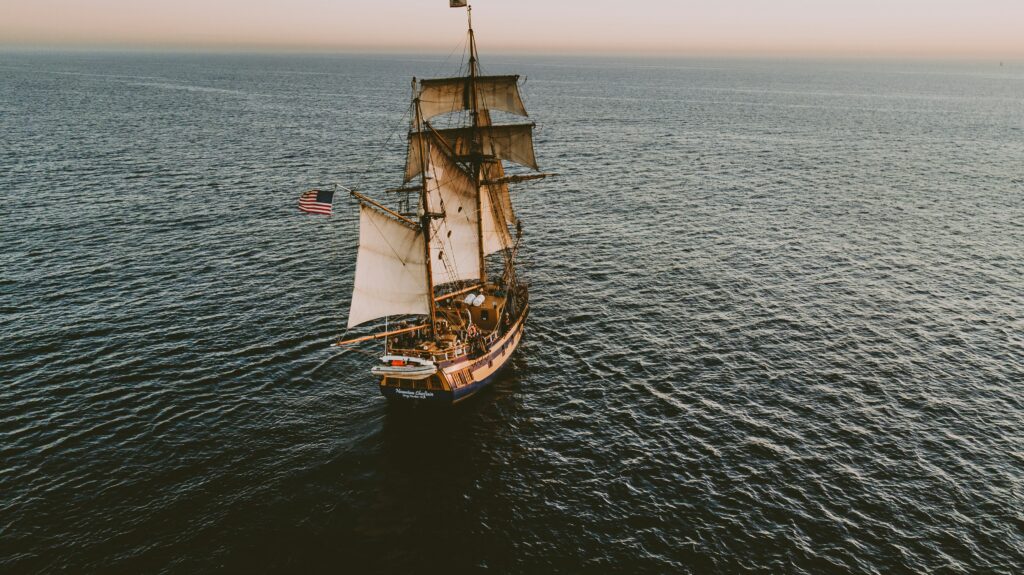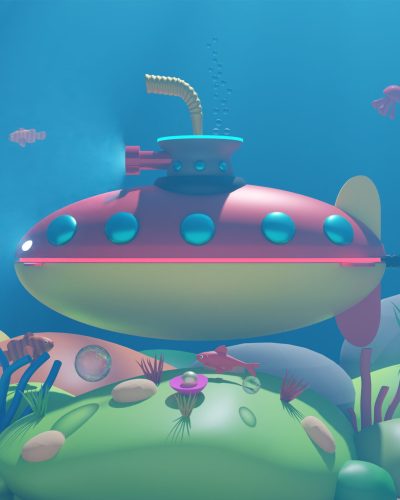
Review
These are ordinarily utilized for review and little upkeep assignments at shallow profundities. Intended for more profound waters and additional requesting activities, for example, submerged welding, pipe laying, and subsea development. More modest, lighter units, ideal for routine reviews and non-meddlesome errands like looking over marine foundation or natural observing. Learn more information about rørinspeksjonskamera.

